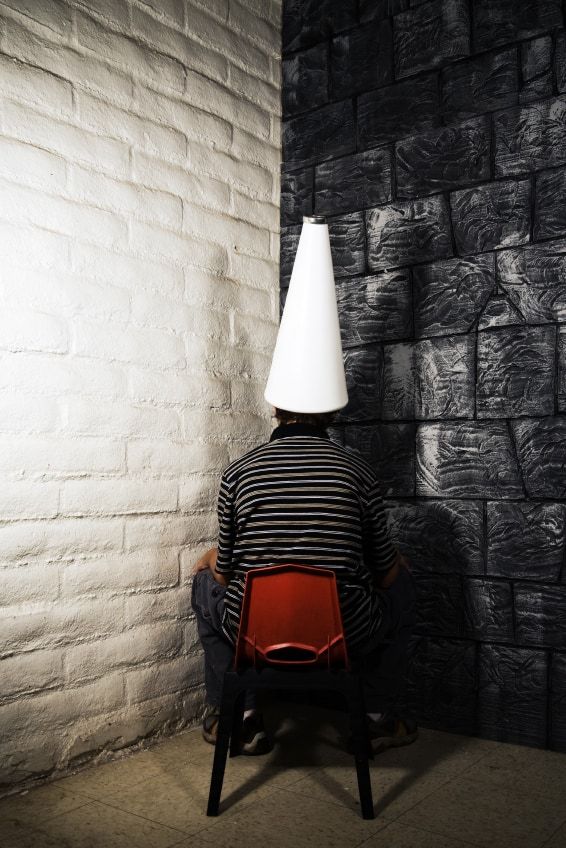 An ignition interlock device (IID) or car breathalyzer is one of the best solutions to keeping you on the road if you’ve been convicted of a drunk driving offense. In every state in the U.S., there is some sort of ignition interlock guideline, showing the devices are relied on by law enforcement, the court, and favored by the public. With a positive breath sample over the pre-set limit, your vehicle will not operate, ensuring your safety and that of others on the road. But, do you know what that limit is, and should that limit matter?
An ignition interlock device (IID) or car breathalyzer is one of the best solutions to keeping you on the road if you’ve been convicted of a drunk driving offense. In every state in the U.S., there is some sort of ignition interlock guideline, showing the devices are relied on by law enforcement, the court, and favored by the public. With a positive breath sample over the pre-set limit, your vehicle will not operate, ensuring your safety and that of others on the road. But, do you know what that limit is, and should that limit matter?
Ignition interlock devices make sure your blood alcohol concentration (BAC) is much lower than the national BAC limit of .08. The reasons are obvious – if you are serving out a sentence for drunk driving, you should not be drinking and driving at all; not even one drink before getting behind the wheel of your car. There is a slight bit of leeway for people with an ignition interlock device or car breathalyzer. However, that could work against you if you are consistently blowing under the pre-set limit of your IID, yet, alcohol is still detected.
Each state determines the BAC guidelines for an ignition interlock or car breathalyzer. For example:
- Florida: IID BAC limit is .025
- Michigan: IID BAC limit is .025
- Wisconsin: IID BAC limit is .02
Your ignition interlock or car breathalyzer device is a big part of your drunk driving conviction, and in order to prove your dedication to remaining sober behind the wheel, it is smart to never attempt to drive after you have been drinking. A positive breath sample registering on your device could open you up to more driving restrictions, and potentially worse consequences. Wondering if you could pass your car breathalyzer test should be an indication that you’re not even sure you can drive, no matter your BAC level.

 How to Get a DUI Without Driving
How to Get a DUI Without Driving